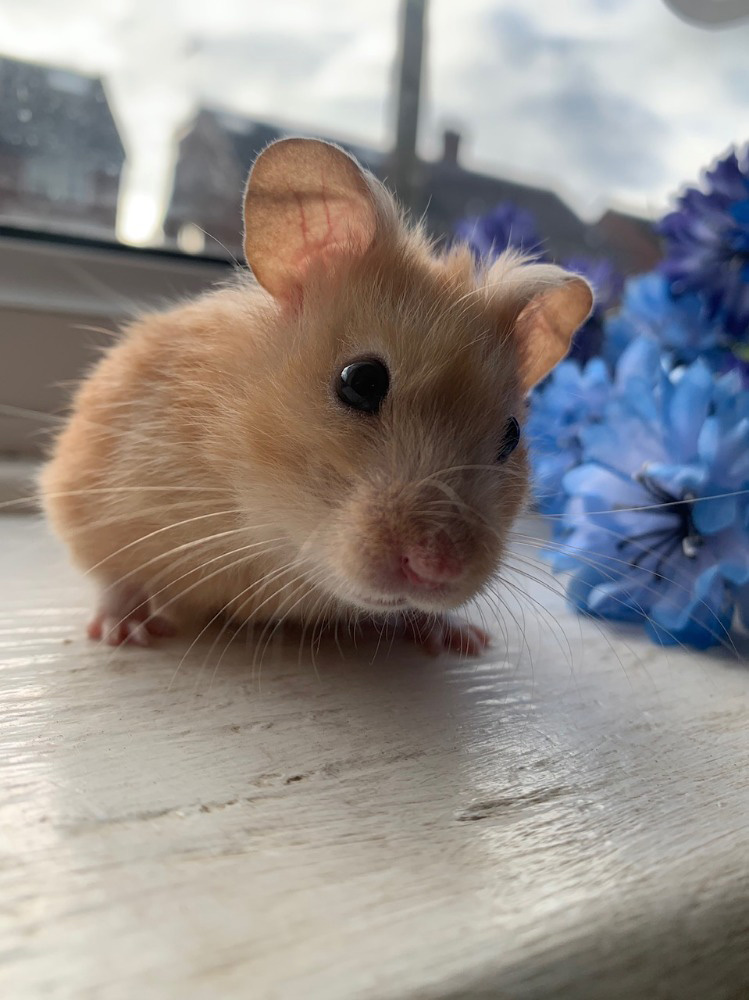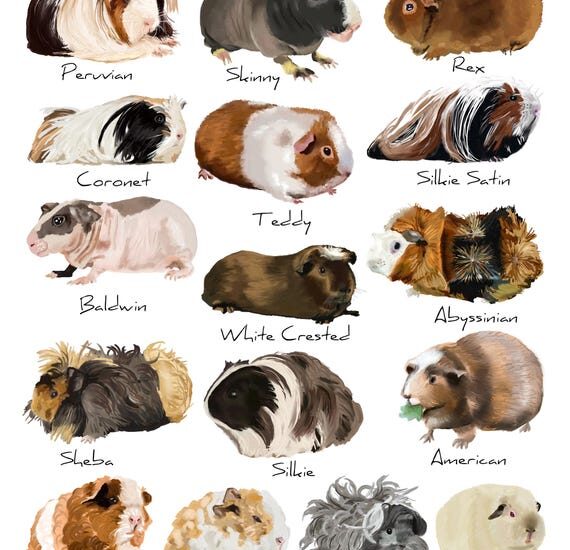Best Hamster Breeds for Educational Pets
Hamsters are not only adorable creatures but also serve as excellent educational pets for children and enthusiasts alike. Their small size, low maintenance needs, and engaging behaviors make them ideal candidates for family pets. In this article, we’ll explore some of the best hamster breeds, highlighting their unique characteristics that make them wonderful companions for learning and growing.
Understanding Hamster Behavior
Before selecting the perfect hamster breed, it’s important to understand common **hamster behaviors**. Hamsters, as nocturnal animals, are most active during the night, which can be exciting for children who want to observe their antics. They tend to be curious, social creatures and enjoy interacting with their environment. Understanding basic hamster behavior helps in creating a suitable habitat that allows them to flourish.
Social Interactions in Hamsters
Hamsters generally exhibit different temperaments depending on their breed. **Dwarf hamsters**, for example, are known for their sociable nature and can often thrive in pairs if introduced correctly. Conversely, larger breeds, such as the **Syrian hamster**, typically prefer solitude. It’s essential to gauge your hamster’s personality and ensure that interactions are positive. Providing toys and tunnels can stimulate their playful instincts and enhance educational opportunities for children by teaching them about animal social structures.

The Importance of Habitat
Creating a proper habitat is crucial for the well-being of any hamster breed. A spacious cage with various levels, tunnels, and enrichment toys is necessary to ensure a stimulating environment. The bedding material should be clean, safe for chewing, and adequately changes to maintain hygiene. An adequately designed habitat not only keeps hampsters comfortable but also serves as a fantastic teaching tool for children, illustrating concepts such as habitat needs and environmental responsibility.
Top Hamster Breeds for Education
Here are some of the best hamster breeds recommended for educational purposes, each possessing traits that can engage and inspire young learners.
1. Syrian Hamster
The **Syrian hamster**, or golden hamster, is the most popular breed and is well-known for its friendly demeanor and large size. They can grow up to 6 inches long and are easy to handle. Their solitary nature encourages children to understand the importance of personal space, adaptability, and responsible pet care. Syrian hamsters are also highly playful and display a variety of behaviors that can captivate young minds.
2. Dwarf Campbell’s Hamster
Dwarf Campbell’s hamsters are small, measuring about 3-4 inches. They are often more sociable than Syrian hamsters and thrive in pairs if they are introduced properly from a young age. Their compact size makes them an excellent choice for educational purposes as children can observe their social interactions, learning valuable lessons on companionship and group dynamics.

3. Winter White Dwarf Hamster
Winter White dwarf hamsters are known for their beautiful coats that change color in the winter. Approximately 3-4 inches long, these hamsters are less prone to bite if handled regularly, making them ideal for children. Observing their temperaments can convey lessons about seasonal changes and adaptability in nature, enriching the educational experience even further.
Care and Maintenance for Educational Hamsters
Owning a hamster involves a commitment to their care and maintenance, which can provide children with a hands-on understanding of responsibility. Hamsters typically require daily attention to their food supply, clean water, and regular maintenance of their environment.
Basic Care Guidelines
Establishing a set care routine can help children learn essential pet care duties. This includes feeding your hamster high-quality pellets, fresh fruits, and vegetables in moderation. Clean bedding should be replaced regularly to ensure a healthy living space. By involving children in these tasks, they can learn about animal nutrition, exercise, and well-being firsthand.
Handling Techniques
Teach gentle handling techniques to encourage a bond between children and their hamsters. Begin by allowing the hamster to sniff your hand before picking it up, ensuring it’s comfortable with the presence. Emphasizing gentle handling will demonstrate respect for the animal’s comfort and safety, promoting a responsible approach to animal interaction.

Conclusion: Learning Through Hamsters
Providing a home for a hamster presents numerous opportunities for scientific learning and personal growth. By exploring different hamster breeds and understanding their behaviors, children can develop essential life skills, such as responsibility, empathy, and respect for animals. With the right care, hamsters can make wonderful and educational pets that enrich both the family and the learning environment. Consider adopting one of these fantastic educational pets today!
FAQ
1. What is the best hamster breed for beginners?
For beginners, the **Syrian hamster** is often recommended due to its friendly nature and ease of handling. Their larger size makes them more visible and manageable for children learning about pet care.
2. How often should I clean my hamster’s cage?
Hamster cages should be cleaned once a week or more frequently if noticeable odors develop. Regular cleaning helps maintain a healthy environment, teaching kids about hygiene and animal care.
3. Can hamsters live together?
Only certain breeds like **Dwarf Campbell’s hamsters** can live together under proper conditions. Syrian hamsters, however, should be housed alone. It’s important to understand the social structures of each breed when considering companionship.
4. How do I know if my hamster is happy?
Watch for signs of happiness such as active exploration, a healthy appetite, and playful behaviors like running on a wheel. A happy hamster will typically exhibit regular burrowing and nesting behaviors, too.
5. What food is best for my hamster?
Commercial hamster pellets provide balanced nutrition, while small amounts of fresh fruits and vegetables can be given as treats. Always ensure any addition to their diet is safe and appropriate for their digestive systems.
6. Is it safe for children to handle hamsters?
Yes, as long as children are taught proper handling techniques and respect the hamster’s space. Supervision is crucial to ensure that the hamster feels secure and to prevent accidental drops.
7. Can I train my hamster?
Hamsters can be trained to some extent; for example, they can learn to navigate mazes or respond to specific sounds when prompted with treats. Training provides an interactive and rewarding experience for both pets and owners.
